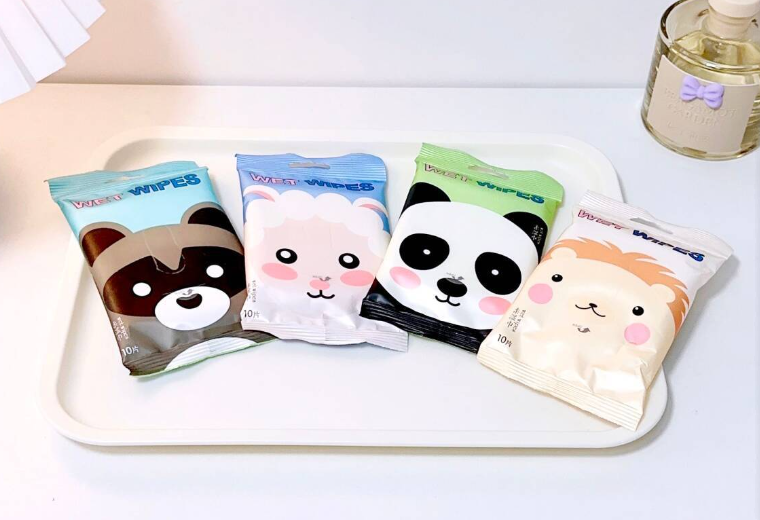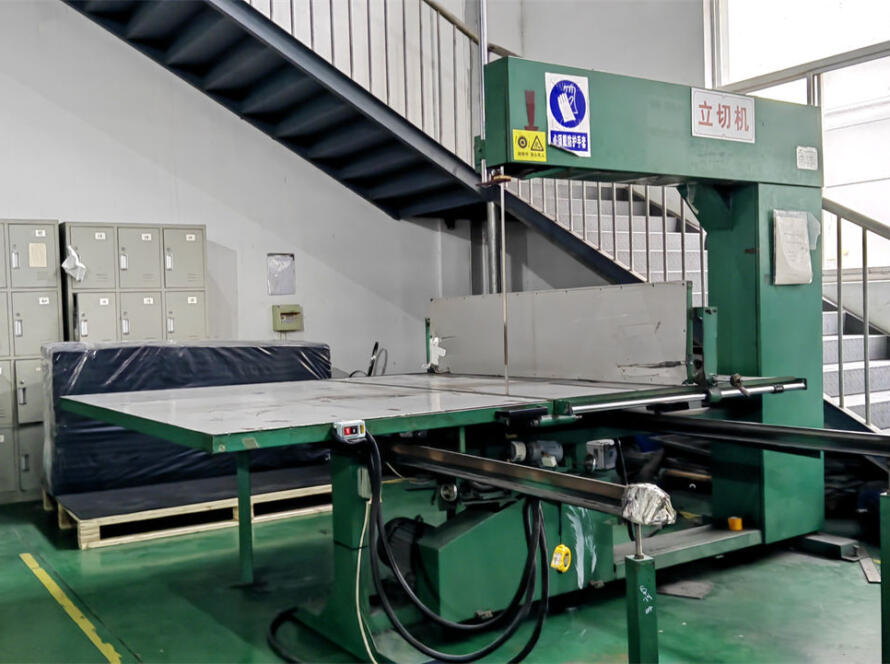So Many Myths About Recycling and Waste Sorting
You’ve probably heard claims like:
- “One used battery can contaminate a lifetime’s worth of drinking water for one person.”
- “Biodegradable plastic bags completely decompose in no time and are super eco-friendly.”
- “It took two generations of education in Japan to achieve nationwide waste sorting.”
These kinds of dramatic statements are everywhere.
But as someone with a science and engineering background who has been trained to think critically, I honestly can’t just let these things slide!
If we want to talk about environmental protection, we have to talk about it scientifically. That’s why I’ve decided to gather credible sources, real data, and firsthand experience, then apply proper scientific analysis to discuss recycling in our daily lives.
Today’s Topic: Nonwoven Fabrics
Nonwoven materials are everywhere in daily life:
- Shopping bags
- Wet wipes
- Food packaging
- Disposable medical surgical drapes
- Face masks
- Disposable tablecloths
And that’s not all—industries and agriculture also rely heavily on nonwoven fabrics.
Examples include:
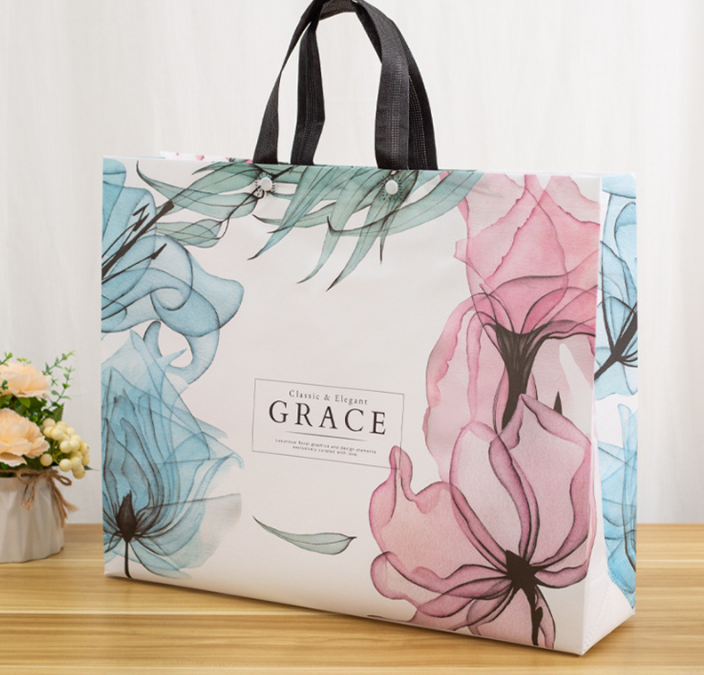
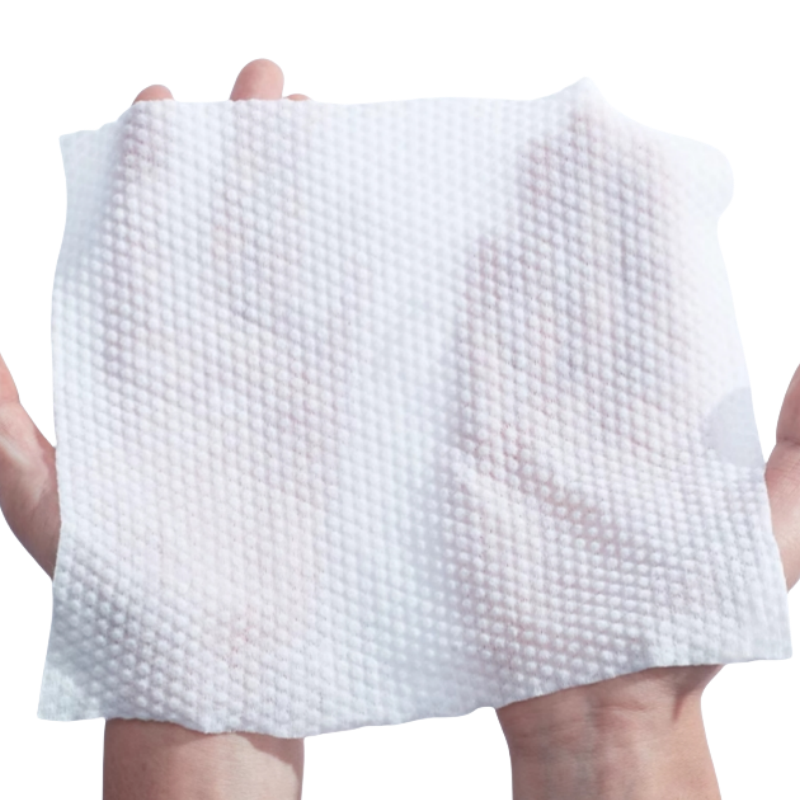
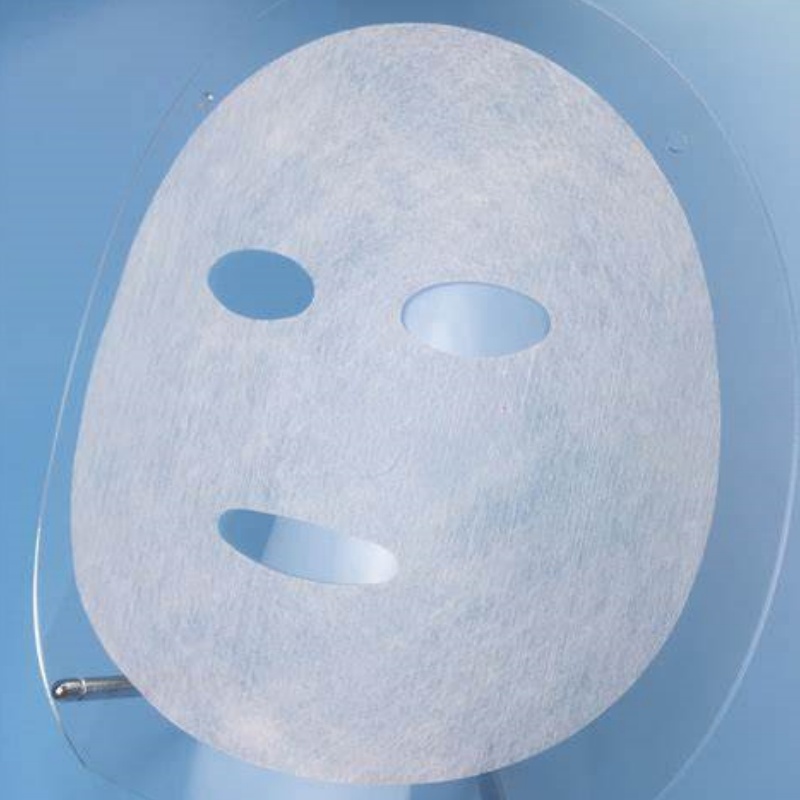
- Nonwoven shopping bags
- Disposable face towels
- Beauty sheet masks
According to Wikipedia, nonwoven fabric is made by orienting or randomly arranging short fibers or filaments into a web structure, which is then bonded by mechanical, thermal, chemical, or hydroentanglement (spunlace) processes.
(I won’t go into detail here—if you’re interested, check out my article: 8 Key Steps in Nonwoven Fabric Manufacturing.)
The materials commonly used in nonwoven fabrics include:
- Polypropylene (PP)
- Polyester (PET)
- Polyamide (PA, or nylon)
- Polyacrylonitrile (PAN)
- High-density polyethylene (HDPE)
- Polyvinyl chloride (PVC)
- Viscose
- Cotton
- Bamboo fiber
In other words, apart from natural fibers like cotton, bamboo, and viscose (cellulose-based), most nonwovens are made from the plastic family.
The Myth of “Eco-Friendly Nonwoven”
One widely circulated claim online says:
“Nonwoven fabric is a new generation of eco-friendly material. It is moisture-proof, breathable, flexible, lightweight, non-flammable, easy to decompose, non-toxic, non-irritating, colorful, inexpensive, and reusable. When exposed outdoors, it naturally decomposes in 90 days; indoors, it can last up to 5 years. When burned, it is non-toxic, odorless, and leaves no residue, thus causing no pollution. It is recognized internationally as an eco-friendly product that protects the earth’s ecology.”
Sounds impressive, right?
But from what we know about plastics, this statement is clearly misleading. If ordinary plastic bags take decades to degrade in nature, how can nonwoven fabric magically decompose in just 90 days?
The only way this statement makes sense is if the raw material is 100% natural plant-based fibers (such as viscose, cotton, or bamboo fiber) made into spunlace nonwoven fabric.
Why specifically spunlace nonwoven? Because the spunlace process bonds fibers using high-pressure water jets instead of chemical adhesives. And in most cases, only spunlace nonwovens are produced with natural plant fibers.
So Which Everyday Products Use Biodegradable Spunlace Nonwoven?
As a nonwoven fabric manufacturer, I can confidently say:
Products that directly touch the skin—such as disposable face towels, flushable wet wipes, and beauty masks—are often made from biodegradable spunlace nonwovens.
But of course, there are exceptions. If you really want to be sure, just check the packaging. If the label says viscose, cotton, or bamboo fiber, then it’s safe to say it’s biodegradable.
The “eco-friendly” game is full of tricks—it really makes you feel exhausted sometimes!
The word “eco-friendly” has become such a buzzword these days, and honestly, it’s exhausting!
So, if nonwoven fabrics made from plastic materials are not biodegradable, can they at least be recycled?
In theory, absolutely yes. After all, if even plastic bags can be recycled, why not nonwoven fabrics? But in reality, the road to true recycling is full of obstacles.
First Hurdle – Usage
Nonwovens used in personal hygiene products—like wet wipes, diapers, and medical supplies—are contaminated or carry potential hazards, making them impossible to recycle.
Just imagine a recycling worker pulling a still-warm used diaper out of a collection bag… not exactly a pleasant experience!
That’s why you should never throw diapers or similar sanitary products into the recycling bin.
Second Hurdle – Material Types
Suppose we skip the first hurdle. What kinds of nonwoven products can be recycled? Mostly just shopping bags and single-use service industry items.
But here comes another problem: What material is the nonwoven fabric actually made of? With so many options—PP, PET, PA, HDPE, viscose—it’s often hard for recyclers to tell the difference.
One supplier explains it like this:
“In most cases (well over 90% as of 2012), ‘nonwoven shopping bags’ are made from spunbond polypropylene. Spunbond refers to the type of nonwoven, and polypropylene refers to the fiber.”
So, about 90% of nonwoven shopping bags are made from spunbond polypropylene, or PP for short.
Third Hurdle – The Reality Check
If they can be recycled, why don’t we see scrap collectors accepting shopping bags?
The third barrier is whether your city has facilities and companies equipped to process and recycle nonwoven fabrics. On some recycling websites, you’ll even see listings for nonwoven scrap being sold at a decent price—around €500 per ton.
But based on our real-world experience in China, local collectors usually refuse nonwoven shopping bags. Their buyers and recycling markets rarely accept them either. This suggests that many cities simply lack the infrastructure to process nonwoven waste.
So while many types of waste are theoretically recyclable, try handing them to a collector and you’ll likely just get a big roll of the eyes in return.
Conclusion
Whether nonwoven fabric is eco-friendly and biodegradable depends entirely on the raw material:
- Plastic-based nonwovens (like shopping bags, takeout delivery bags, disposable shoe covers, etc.) are not biodegradable. If possible, don’t just throw them away—reuse them several times to reduce waste.
- Viscose or plant fiber-based spunlace nonwovens are biodegradable. These include disposable face towels, beauty sheet masks, flushable wet wipes, and cotton makeup remover pads.



